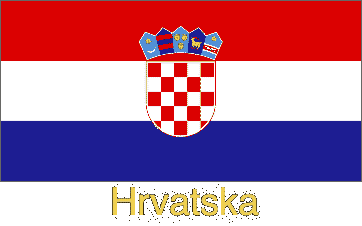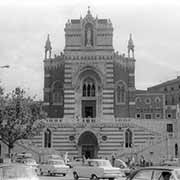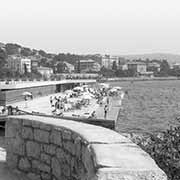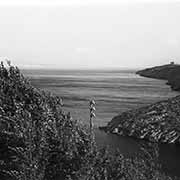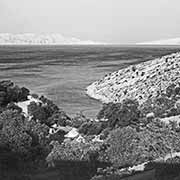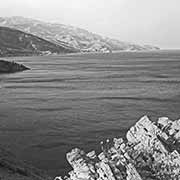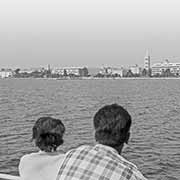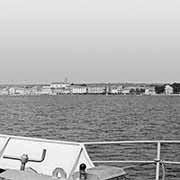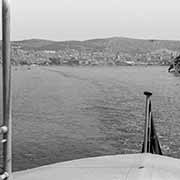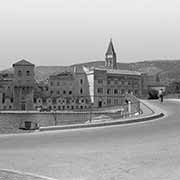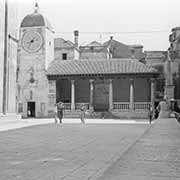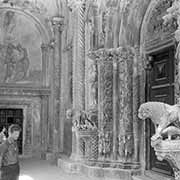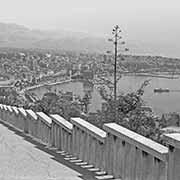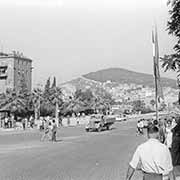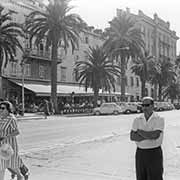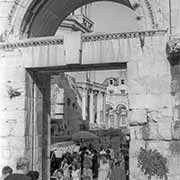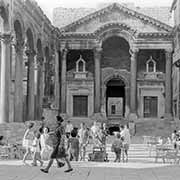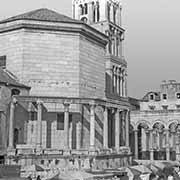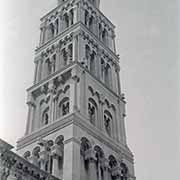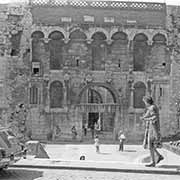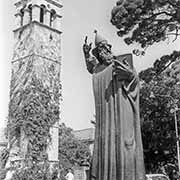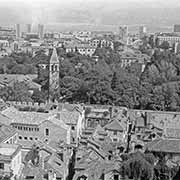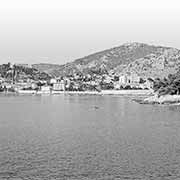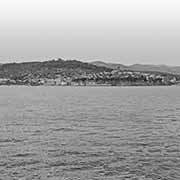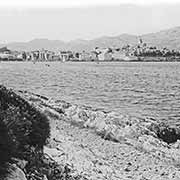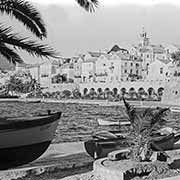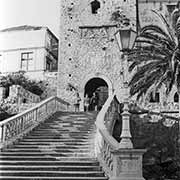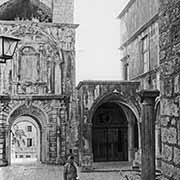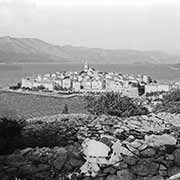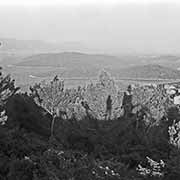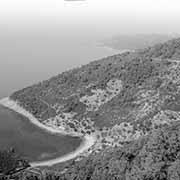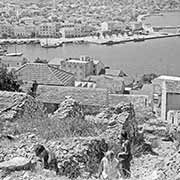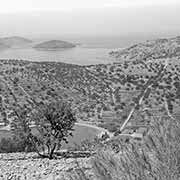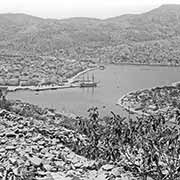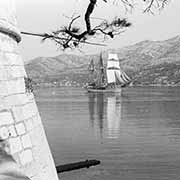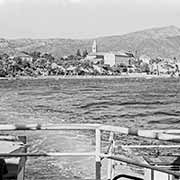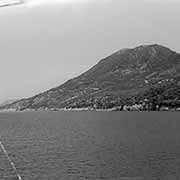Photos of The Adriatic coast of Croatia, Croatia
The Adriatic coast of Croatia
The Adriatic coast of Croatia is a truly magical place with crystal-clear waters, picturesque islands, and charming coastal towns. One of the best ways to experience this beautiful stretch of coastline is by boat.
you may then send it as a postcard if you wish.
Rijeka, meaning "river", Croatia's principal seaport and third-largest city, was throughout its history fiercely contested, especially between the Holy Roman Empire, Italy and Croatia. In early 1920 it even became the independent Free State of Fiume; Fiume, being its Italian name, also means "river". On the way south, there are old cities like Senj and Zadar (the oldest continuously inhabited city in Croatia and once the capital of the Kingdom of Dalmatia). Further south is Biograd-na-Moru (former capital of the medieval Croatian Kingdom), Šibenik, one of the few cities on the Dalmatian coast founded by Croats and Trogir, a historic town founded in the 3rd century BCE by Ancient Greek colonists.
Split, historically known as Spalato, is the second-largest city in Croatia. In 305 CE, it became the site of the Palace of the Roman emperor Diocletian, who was born in this region; it is still part of the historic core of the city, and a town in itself, with houses and shops. Diocletian was notorious for his persecution of Christians. Therefore, his body doesn't rest in his Mausoleum: it was thrown into the sea, and the Mausoleum became part of the Cathedral of Saint Domnius.
Further south, passing the town of Hvar with its 13th-century walls and hilltop fortress on Hvar island, we reach Korčula, a historic fortified town on the east coast of the island of the same name. Korčula island is almost 47 kilometres long and, on average, almost 8 kilometres wide, just off the Pelješac peninsula on the Dalmatian coast. It is a charming island, with a road leading west to Vela Luka, a small town at the bottom of a wide bay.


